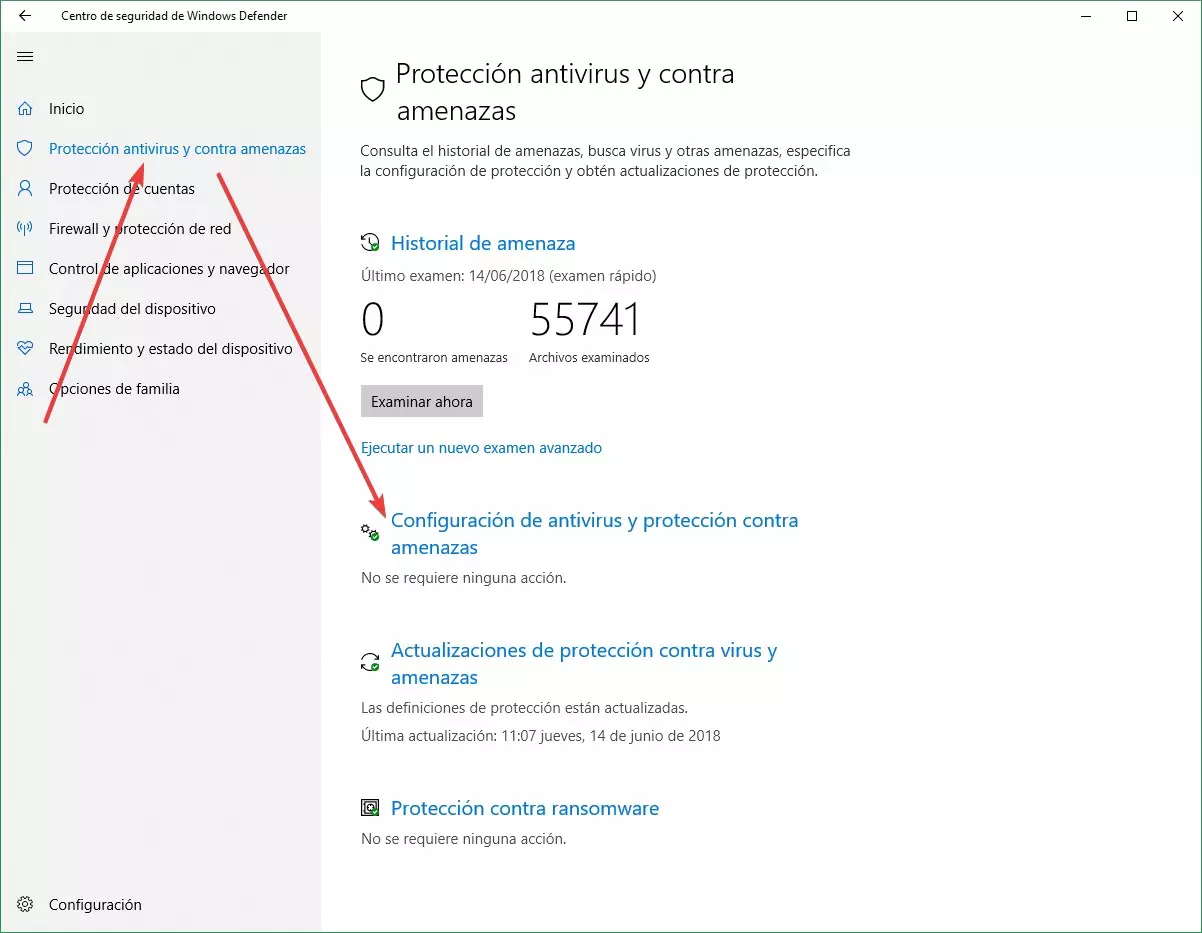
In Madrid, the FTTH Conference 2023 has been held these days, the most important fiber optic event where many manufacturers have participated, and there has been a large number of technical talks and workshops related to fiber optics and what its future will be like. In addition, during the congress two separate reports have been published as FTTH/B Market Panorama 2023, FTTH/B Global Ranking 2023, FTTH/B Forecasts for 2023-2028 prepared by IDATE, which not only give us a vision of how FTTH deployment is in Europe, but also Spain’s position in the market and where it will head in the future.
Fiber optic status in Europe and Spain
Right now the latest fiber optic deployment statistics in Europe They are from September 2022, and between the deployment of FTTH (fiber optics to the home) and FTTB (fiber optics to the building) in the EU39, a total of 219 million have been reached. Just a year before, the deployment was almost 200 million, so fiber coverage has increased by 10% compared to the previous year.
The countries that have most grown in absolute terms It has been the United Kingdom with 4.2 million new homes, France with 3.5 million, Turkey with 2.9 million, and also Italy where 2.1 million new homes have been deployed. The TOP 5 regarding the annual growth rate of homes passed with fiber optics, is led by Belgium (60% growth), the United Kingdom with 51%, Serbia with 40%, the Netherlands with 35% and Greece with 34, 5%. Right now the global coverage rate amounts to 62%, five points more than the previous year. You can see that this trend is clearly bullish, and countries continue to roll out fiber optics really fast.
With respect to number of new subscribers (people who switch from a technology such as ADSL or 4G to fiber optics), France leads the ranking with 3.3 million, followed by the United Kingdom with 1.5 million, Spain with 1.1 million and Turkey with almost one million new subscribers. Regarding the penetration of fiber optics in different homes, Iceland for the fourth consecutive year is the first, with a penetration rate of 76.8%, followed closely by Spain with 73.5% and also Portugal with 71.1%.
Therefore, Spain is in a rather privileged place, since it is the second in all of Europe in terms of fiber optic penetration level, and it is also the third in the number of new subscribers, so the People fully trust fiber optics, and as soon as it is available in their homes, they do not hesitate to hire it for all the advantages compared to other technologies.
And in the rest of the world?
The data obtained in September 2022, indicate that there are a total of 22 countries around the world that manage to exceed the fiber optic penetration rate of more than 50%, the ranking of countries worldwide is as follows:
- United Arab Emirates: 98.1%
- Qatar: 97.8% compared to 84% the previous year, so they have grown a lot.
- Singapore: 96.5%
- Hong Kong: 91.6%
- Chinese: 89.4%
Bearing in mind that Spain is the second in Europe with 73.5%, it is in a fairly good position globally among countries with the greatest deployment of fiber optics.
What will the deployment look like in the future?
The market forecast is quite consistent with the estimates, and right now there are expected to be around 211 million homes with fiber by 2028 in the EU28 and UK, as well as a total of 308 million in the EU39 region. The top three countries are expected to be Germany with 33.5 million, France with 33.2 million and then the UK with 30.7 million. Regarding subscribers, it is expected to reach 137 million in the EU27 and UK region, as well as 196 million in the EU39 region with really high acceptance rates.
Regarding the rural environment, in September 2022 only 41% of the inhabitants in rural environments could enjoy fiber optics. In this case, the five countries with the highest rural coverage are Denmark with 86%, Romania with 83%, Latvia with 77%, Spain with 74% and also Portugal with 70%. Therefore, Spain is also in a rather privileged position compared to other EU countries.




